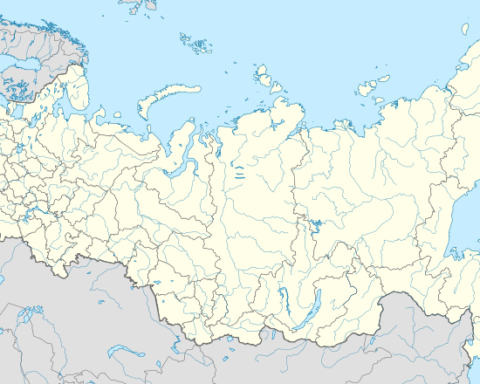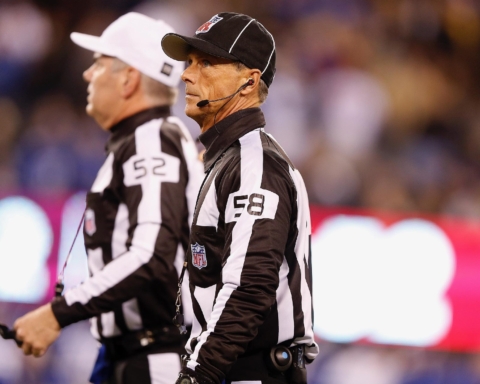Semenya’s natural body should not be deemed unfair
Beyond avid track and field fans and native South Africans, Caster Semenya is probably an unheard of name. The case in which she is fighting against the International Association of Athletic Federations has far-reaching implications for the future of women’s track and field.
Semenya is an 800-meter specialist from Pietersburg, South Africa. Watching her race against other women, her physique stands out against the thin, toned bodies typical of distance runners. Semenya’s muscles are much bigger, and her voice is much deeper.
She burst onto the running scene in 2009, dropping her 800 time seven seconds in a nine-month period. Her fast times and unusual body prompted the IAAF to administer a sex verification test and to check for performance enhancing drug use.
The results were not released, with the IAAF claiming to have been checking for a “rare medical condition, which gives her an unfair advantage.” Ultimately, Semenya was cleared to compete, going on to win gold at the 2012 and 2016 Olympics.
In 2015, the IAAF opened another case targeting hyperandrogenism, that is, naturally higher levels of testosterone in women. The case found the IAAF had no proof that hyperandrogenism affected performance, and the federation was given two years to produce evidence.
In April 2018, the rule change was announced: athletes with hyperandrogenism would not be allowed to compete in the 400, 800 and 1500 meters unless their blood testosterone level fell within a particular range. Athletes would be required to take hormones to lower the levels or compete with males.
Semenya is challenging the policy, which went into effect in November. It will have to prove higher levels of testosterone gives athletes an unfair advantage and how large that advantage is. The policy in and of itself, however, is sexist and discriminatory in nature, forcing genetically gifted athletes to hormonally change their bodies.
Many have called out the policy for being racist as well, targeting athletes of color in particular, such as Semenya, Burundi’s Francine Niyonsaba and Kenya’s Margaret Wambui, all of whom have higher naturally occurring levels of testosterone.
So many aspects go into running besides testosterone levels. A runner’s natural lactic threshold and maximum oxygen uptake have an impact on performance, as does the level of training an athlete is doing.
This rule would also only affect female athletes. For a male with a naturally higher level of testosterone, the extra advantage of higher than normal testosterone levels just adds to the ability to perform better. But for women, the added advantage is unfair.
Imagine in any other sport if an athlete was forced to take suppressants to decrease natural advantages in their sport. If Duke freshman Zion Williamson had to take hormones to reduce his vertical jump, would that be fair so he is easier to guard? Or if Michael Phelps was not allowed to compete due to his unique body type that makes him an exceptional swimmer, would that be fair to those with unique body types?
These women are elite athletes for a reason. They were born with a natural advantage to be better athletes, and they are using that natural talent to its full effect. Forcing women to alter their bodies using hormones is discriminatory, unfair and doesn’t take into account the side affects the suppressants have on the body.
The results of the case will be released by the end of March. Many in South Africa stand with Semenya, rallying with her in support.
Nike also revealed its support for Semenya, releasing a voiceover commercial of her in September 2018 with the tagline, “When you’re born to do it… Just do it.”
Nike also featured Semenya in its newest “Dream Crazier” ad narrated by Serena Williams, in which the tennis star says of Semenya, “If we’re too good, there’s something wrong with us.”






